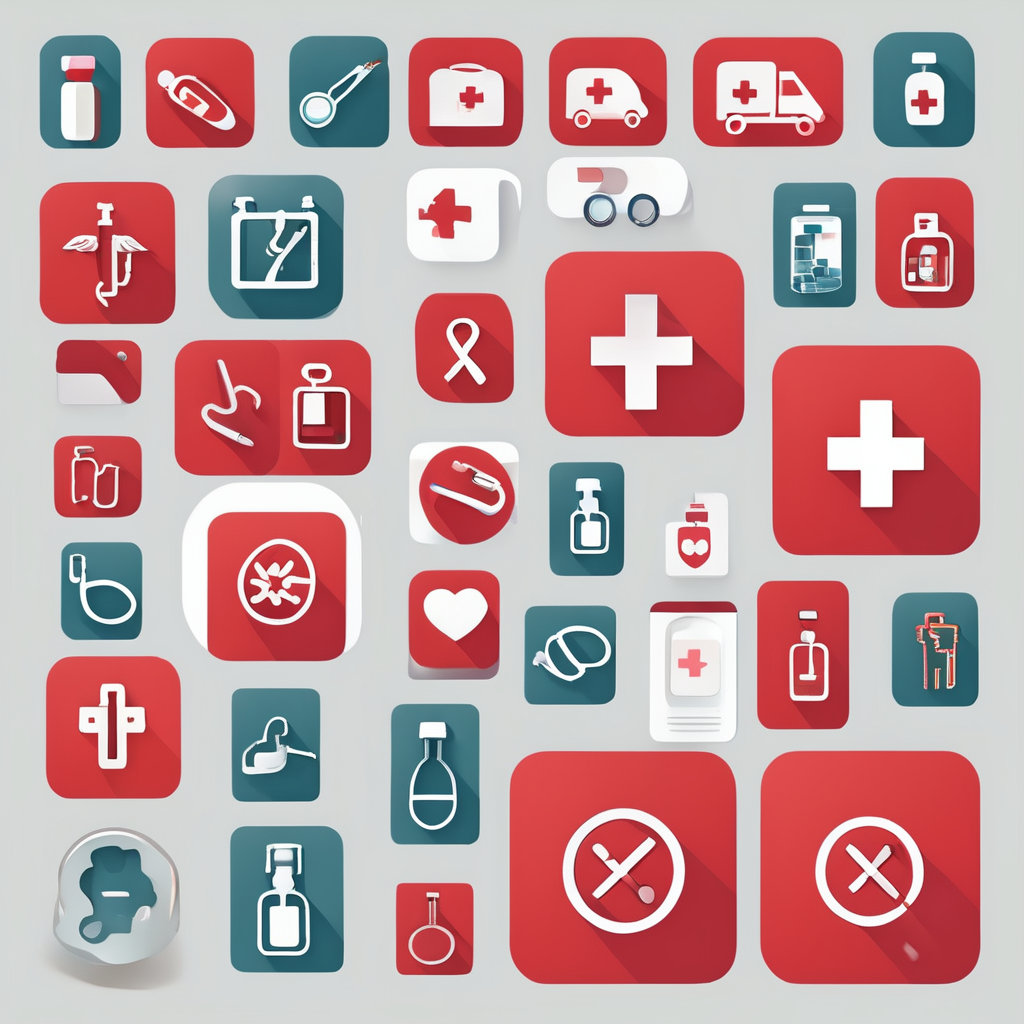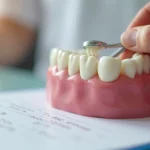Understanding Chronic Pain in Seniors
Chronic pain is an enduring problem for many seniors, impacting their overall well-being. Defined as pain persisting for more than 12 weeks, chronic pain affects millions of older adults globally. It is crucial to understand the primary causes of pain among seniors to tackle it effectively.
Aging naturally leads to wear and tear on the body, often resulting in conditions like arthritis, osteoporosis, and neuropathies, which are prominent contributors to chronic pain. Additionally, past injuries, surgeries, and lifestyle factors can exacerbate the problem. Thus, it’s imperative for seniors to remain vigilant about emerging pain symptoms and recognize potential triggers.
Also to discover : What are the top wellness retreats available for UK seniors?
The impact of chronic pain extends beyond physical discomfort, significantly affecting daily activities and mental health. Seniors experiencing chronic pain may struggle with mobility, find it difficult to engage in social and recreational activities, or even undertake basic self-care tasks. This can lead to frustration, social isolation, and an increased risk of depression and anxiety. Understanding these intertwining aspects of chronic pain is the first step toward improving quality of life for seniors, ultimately helping them manage and mitigate the repercussions of chronic pain more effectively.
Effective Pain Management Techniques
When dealing with chronic pain, seniors benefit significantly from tailored pain management strategies. These include a blend of physical therapy, heat and cold therapy, and exercise routines designed specifically for older adults.
This might interest you : Discover the Heart-Boosting Perks of Nordic Walking for Seniors with Cardiac Concerns
Physical Therapy
Physical therapy is crucial in managing chronic pain as it targets conditions like arthritis with specific exercises to improve strength and flexibility. Therapists create individualized plans, focusing on safe movements that enhance mobility while reducing pain. Over time, this can lead to improved function, less reliance on pain medication, and a better quality of life.
Heat and Cold Therapy
Heat and cold therapy are simple methods to alleviate pain. Applying heat can help relax muscles and ease stiffness, while cold therapy is beneficial for reducing inflammation and swelling. Alternating between these two can provide comprehensive pain relief.
Exercise and Mobility Practices
Regular exercise promotes mobility and pain relief. Low-impact activities, such as walking or swimming, increase endurance and reduce pain. Tailored exercise programs can be adjusted according to the senior’s ability, making them a practical choice for enhancing well-being and managing chronic conditions.
Innovative Pain Relief Products
Innovative pain relief products are increasingly accessible to seniors, offering various solutions to improve their quality of life.
Pain Relief Devices
Pain relief devices such as TENS units (Transcutaneous Electrical Nerve Stimulation) are popular for their non-invasive nature. They deliver mild electrical currents to nerves, reducing pain perception. These devices are user-friendly and portable, making them ideal for seniors.
Topical Treatments
Topical treatments, such as creams and gels containing capsaicin or menthol, provide localized pain relief. These products are effective in managing mild to moderate pain by applying them directly to the skin, blocking pain signals and creating a warming or cooling sensation.
Assistive Tools
Assistive tools enhance daily activities for those managing pain. Devices like ergonomic chairs, grab bars, and specially designed cushions help alleviate discomfort and support mobility. These tools are crucial in promoting independence and reducing strain during routine tasks.
Holistic Approaches to Pain Relief
When seeking holistic pain relief, seniors often gravitate towards natural remedies and mind-body techniques. These alternative approaches can be integrated into daily routines to help manage and alleviate chronic pain.
Mindfulness and Meditation
Mindfulness and meditation play a significant role in pain management. Practicing mindfulness enhances awareness of the present moment, allowing seniors to focus on breathing and relaxation techniques, which reduces stress and pain perception. Meditation, a component of mindfulness, helps to cultivate a calm mental state, encouraging pain reduction through increased focus and relaxation.
Dietary Changes
Diet can significantly impact chronic pain. By incorporating anti-inflammatory foods and reducing intake of processed foods, seniors can experience reduced pain levels. A balanced diet rich in fruits, vegetables, and omega-3 fatty acids is beneficial for combating inflammation and enhancing overall well-being.
Herbal Supplements
Herbal supplements offer a natural alternative for pain relief. Commonly used by seniors, supplements such as turmeric, ginger, and willow bark are reputed for their anti-inflammatory properties. These natural remedies can complement traditional pain relief methods, providing a holistic approach to managing chronic pain without the harsh side effects of some medications.
Medication Options for Chronic Pain
Navigating the realm of pain medication can be daunting for seniors contending with chronic pain. Prescription medications often form a backbone in managing severe pain. Typically prescribed drugs include opioids, corticosteroids, and antidepressants, each targeting different pain pathways and symptoms. Opioids, for example, are potent and often used for short-term relief due to their high addiction potential.
Over-the-counter (OTC) solutions, such as analgesics and nonsteroidal anti-inflammatory drugs (NSAIDs), offer moderate pain relief and are more accessible. While ibuprofen and acetaminophen are staples, their long-term use may pose risks, including stomach ulcers or liver damage. Such medications are viable for temporary relief or milder pain scenarios.
Moreover, understanding risks and side effects is crucial. All medications carry potential adverse effects, such as gastrointestinal issues or increased risk of falls due to dizziness in seniors. Thus, an open dialogue with healthcare providers is vital for safely integrating these medications into daily routines. Comprehensive pain management often requires balancing medication use with non-pharmacological strategies to maintain seniors’ overall health and quality of life.
Lifestyle Changes to Enhance Quality of Life
Lifestyle changes play a crucial role in managing chronic pain and improving the quality of life for seniors. Adaptations in daily routines not only help mitigate pain but also bolster overall well-being.
Importance of Sleep Hygiene
Adequate sleep is vital for effective chronic pain management. Establishing a consistent sleep schedule promotes better rest and recovery. For seniors, ensuring the sleep environment is comfortable and conducive to rest can alleviate pain symptoms. Enhanced sleep hygiene diminishes fatigue, reducing the intensity of pain experienced during the day.
Stress Management Techniques
Chronic pain can be exacerbated by stress, making stress management essential. Techniques such as deep breathing exercises, gentle yoga, or tai chi can help seniors remain calm and reduce pain perception. Cultivating a routine that includes stress-relieving activities helps maintain emotional balance and contributes to pain relief.
Social Connections
Maintaining strong social connections provides emotional support, which is critical for those dealing with chronic pain. Engaging in social activities can distract from pain and combat feelings of isolation and depression. By fostering relationships, seniors can experience a positive influence on both mental health and pain management efforts.
FAQs on Chronic Pain Management for Seniors
Frequently asked questions offer seniors clarity on managing chronic pain by addressing common concerns and dispelling myths. Here are some pressing questions with expert insights for better understanding:
-
What are the main causes of chronic pain in seniors?
Aging leads to conditions like arthritis, osteoporosis, and neuropathies, significantly contributing to chronic pain. Past injuries and lifestyle factors can further aggravate this pain as seniors age. -
**How effective are non-pharmacological *pain management* strategies?**
Pain management strategies, such as physical therapy, exercise, and holistic methods, are highly effective. They not only offer relief but also improve mobility, making daily life more manageable. -
**Are there risks associated with long-term use of **pain medications?
Yes, especially with prescription drugs. Opioids, for instance, can be addictive, and NSAIDs may cause gastrointestinal issues. Therefore, a balanced approach combining medications with non-drug methods is recommended. -
**Where can seniors find support in *pain relief* approaches?**
Seniors can consult healthcare providers, join support groups, or partake in community programs that offer guidance and shared experiences in effective pain management strategies.
Testimonials and Success Stories
Real-life experiences provide invaluable insights into managing chronic pain for seniors. These senior testimonials reveal strategies that show substantial improvements in daily living and pain relief experiences.
One senior, whose testimony highlights the significance of exercise, describes incorporating regular low-impact activities such as chair yoga and walking as pivotal in reducing arthritis pain. These exercises not only improved her mobility but also enhanced her overall quality of life, leading to less reliance on medications.
Meanwhile, another senior shares the success of using assistive tools to maintain independence. For him, ergonomic chairs and specially designed cushions proved instrumental in alleviating back pain, enabling him to enjoy longer periods of sitting comfortably.
Additionally, a senior highlights how community support can transform the pain management journey. By joining a local support group, she found emotional encouragement and practical advice, significantly reducing her feelings of isolation and empowering her to try new pain relief strategies.
These success stories underscore the importance of tailored pain management strategies and how blending community support with individual effort can yield meaningful outcomes in senior pain management.

